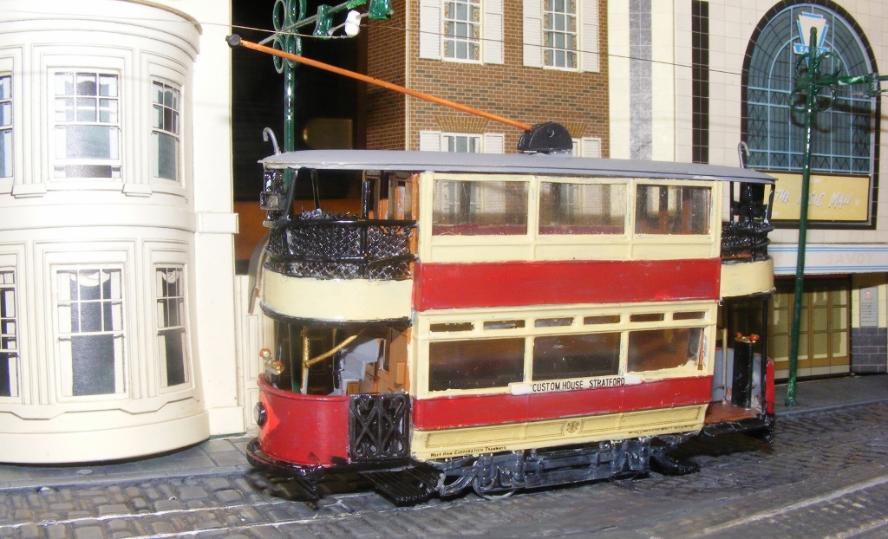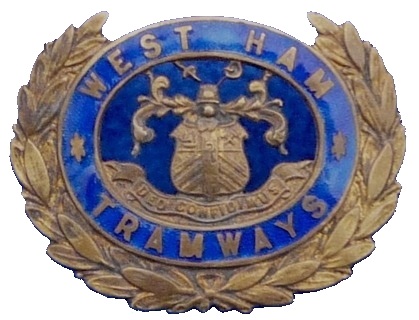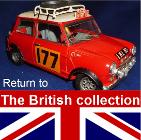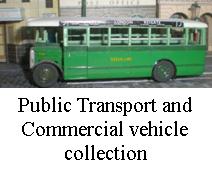
When the railways started arriving in the East End of London in the mid-1850s the local horse bus services suffered little disruption, in some cases they even benefited from the new stations that created demand for new routes. However, when the horse drawn tram companies moved in, offering better levels of comfort and a cheap price 1d (one old penny) per journey the bus services were hit.
The North Metropolitan Tramways Company moved in during 1870 due to the late-Victorian expansion of all the London areas. Their first East End line, in 1871, was the Aldgate to Leytonstone Road route, via Broadway and Stratford. It was extended in 1886 through to Leytonstone at the same time that other branch lines in the area providing services along Romford Road to Forest Gate and Manor Park, and from Canning Town along the Barking Road to the Greengate, Plaistow.
But the North Met’ was having an easy life. The cost of feeding and stabling a horse ran to £8 per week, and horse drawn tram routes required a lot of horses to run reliably. Being an innovative firm the North Met’ looked at ways to move the trams that would cost less to run. They looked into compressed air locomotives but weren’t impressed. Battery-powered electric trams seemed a good bet until the passengers started to complain about the smells of escaping battery fumes that made them feel nauseous. Even steam locomotion was tried with Merryweather installations but they weren’t really a success either.
Things were soon to change in that the new "public" transport ideology was brought under the auspices of the local authorities. At that time each local council was much more in control of the local policies for social conditions etc than today and each wanted its own transport system, a system that would be the envy of all those around about.
In that vein the new West Ham Corporation Tramways came into being in 1898 obtaining the powers to operate horse-drawn trams on the North Met’ lines, within the West Ham borough, in cooperation with the North Met’. In 1900 WHCT obtained permission to build their own new routes, to start work on a system of electrification and set about trying to purchase the existing lines from the North Met’. Prior to the opening of the purpose-built depot and service works at Greengate Street West Ham Corporation Tramway vehicles were housed in a temporary depot erected in West Ham Lane. In the early 1900s electric tramways went into service in many London boroughs and the horse bus became a much rarer sight.
As the program of modernisation and electrification progressed between 1903 and 1905 the West Ham corporation completed the take of all the North Metropolitan lines. The first electric tram to run was the centre of much attention and celebration. At 12 noon on Saturday the 27th of February 1904 West Ham Corporation Tramways electrical system was turned on at the depot by the Mayoress of West Ham, the Mayor of West Ham, Alderman A. Bothwell J.P., drove tram no.1, with many local civic dignitaries aboard, away from the depot. Leading a procession of 10 cars, and alternatively driven by Chairman of the Electric Lighting and Tramways Committee, Tram no.1 went to Stratford Town Hall, thence to Abbey Arms before returning to the depot. At 4pm the same day a public service started running from Stratford Broadway to Abbey Arms and back; presumable not by tram no.1 which had been highly decorated with over 900 lamps and equally large number of flowers for the occasion.
Car number 1 was from the first batch of 50 open-top trams built by G.F. Milnes and Co. Ltd. (later to become United Electric Car Company Ltd) at the Castle Car Works, Hadley, near Wellington, Shropshire, for the West Ham corporation tramways in 1904. These open top tram cars, which originally cost £529 each, would eventually be covered over to fit in with later series of tram cars as they were added to the ever-growing fleet of West Ham Corporation Trams; some of the work being undertaken in the new state-of-the-art depot at 90, Greengate Street, Plaistow, London, E13 0AS.
The new Greengate Street depot in West Ham, built in 1906 not far from the old Horse Tram depot at Tunmarsh lane, could hold 150 Tram cars and also incorporated the headquarters of the West Ham tramway service. Much maintenance and conversion work was undertaken in the Greengate Street depot works, and a few trams were even built there. While the main depot, which would later house trolley busses and later still the iconic Routemaster London busses, was closed down in October 1992 and pulled down to make way for houses, the headquarters building is still in situ. It is a fine example of the arts and crafts style of the era and has the Tramway War Memorial in memory of West ham Tramway personnel lost in the first world war in its grounds. As a Grade II Listed building it should be kept safe for many years to come.
More and More tram cars were added to the fleet until the West Ham Corporation had a fleet of 154 Tram cars and two water cars. Local pride played a big part in the era and the West Ham Trams were always immaculately turned out. The West Ham Corporation became the biggest of the London local council tramways, and some of us West Ham folk still claim it was the best. Cooperating with the surrounding local boroughs of East Ham, Leyton, Walthamstow and Barking the available routes covered around 17 miles. The Corporation also retained the looking attitude of the former North Met’ line and in September 1912 undertook the first public trail in London of a Trolleybus when an Austrian Cédès-Stoll built machine carried passengers along Greengate Street.
West Ham Corporation trams were originally painted in a two-tone scheme using a colour called Munich Lake and pale cream. This was later changed to Maroon and deep cream. One specially decorated tram car was used to celebrate the West Ham United F.C. getting into the final of the Football Association Cup, for the first time, in 1923. The Match was the first held in the new ‘Empire Stadium’ in Wembley and of course attracted a massive crowd. Sadly, West Ham lost 2-0 to Bolton Wanderers, but for a team that had only joined the Football league in 1919, and were clearly underdogs being a second division team to Bolton who were an established first division side, it was still a fantastic achievement.
The corporation continued to provide tram serviced through the region until the 1st of July, 1933 when the new London Passenger Transport Board took over all the transportation organisations in London. The East Ham Depot was soon shut, older tramcars destroyed and those that remained were changed to the red and cream colour scheme of LCC. Electricity production that had been undertaken by West Ham Corporation handed over the London Electricity Board when the nation’s electricity supply and delivery systems were nationalised in 1948. By that time there were no trams running in the east end anyway, the last one ran on the 9th of June 1940. The last in Tram in London ran in 1952. This trend continued elsewhere around Britain until trams disappeared completely. Then in the 1990s, in the face of pressure from global warming news and ecological lobbyists, trams started returning to city centres.
Our model is of a typical West Ham Corporation Tramways double deck electric type tram similar to the batch built by United Electric Car Co., in Preston during 1910. Originally it would have been in the West Ham Corporation Tramways Munich lake and cream colours but is seen here in the later LCC colour scheme. These four-wheeled Edwardian tramcars with covered upper deck and overhead current collection were 16ft 2in tall and 27ft 4in long and weighed in at a whopping 11tons. Although they had seating for 54 passengers, 22 on the lower deck and 32 on the top deck, they would regularly have carried far more with “Standing room only” a common occurrence during the densely populated urban rush hours.





Built by Rod in between June and August 2019 it is from the mostly box with the addition of window panes made from clear acetate and the safety mesh in the open upper deck balconies. It is painted by brush with Humbrol enamels, Humbrol, Revell and Deco-Art acrylics.

